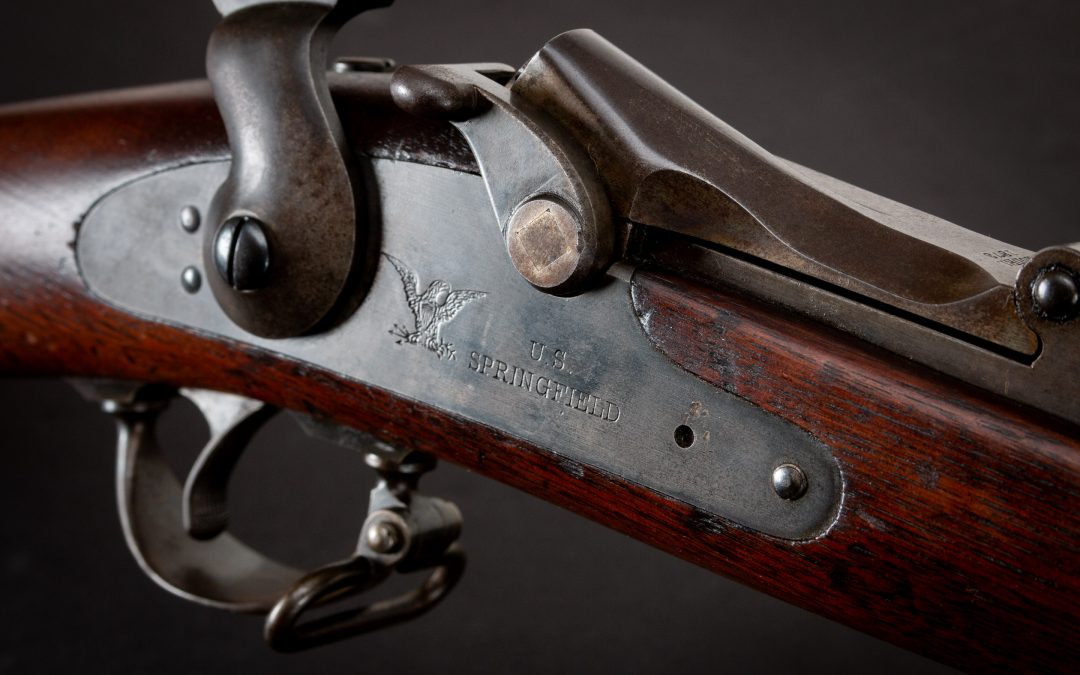While the technique dates back centuries, Turnbull Restoration has played a pivotal role in preserving and perfecting this traditional metal finish and others over the last 40 years.


While the technique dates back centuries, Turnbull Restoration has played a pivotal role in preserving and perfecting this traditional metal finish and others over the last 40 years.

Update from August 21, 2024:Allen Wyatt, Director of R&D at Nighthawk Custom, dives into the history of color case hardening in Nighthawk's new video. He guides the viewer through the significance of this traditional technique, which not only enhances the...

Image: Samuel ColtSamuel Colt, a name synonymous with innovation in the world of firearms, was not just an inventor; he was a visionary whose ingenuity shaped the landscape of American industry. Best known for founding The Colt Patent Fire-Arms Manufacturing Company,...

The Winchester Model 1892 lever-action rifle is a marvel of American ingenuity and craftsmanship. Designed by the legendary John Moses Browning, this firearm has etched its name into American history, capturing the imaginations of gun enthusiasts, Old West admirers and historians alike.

The Ruger Standard Model Pistol is a significant piece of firearms history, known for its influence on the market for affordable and reliable semi-automatic pistols. We've paid tribute to it with our own Mark IV model since 2016. Here’s our "Quick Hit" overview of its...

The side-by-side (SXS) shotgun embodies elegance and a level of craftsmanship from a bygone era of American gunmaking. Revered for their balance, reliability, and aesthetic appeal, these firearms have made their mark on the history of shooting sports and hunting.

With its storied past, the 1911 pistol has served the U.S. military through two World Wars, earning a reputation for reliability and effectiveness. Understanding the impact of the Model 1911 during the world-shaping years of 1914 to 1945 offers a glimpse into its enduring legacy and the evolution of modern warfare.

The Winchester Model 1873 lever-action repeating rifle revolutionized firearms with its reliable mechanism and rapid-fire capability.

The United States has a rich and enviable history of military firearms that have played a crucial role in the defense of our great nation and the values we uphold.

The .45-70 Government (45-70) cartridge is a piece of American firearms lore, a bridge between the black powder cartridge past and the smokeless powder present.